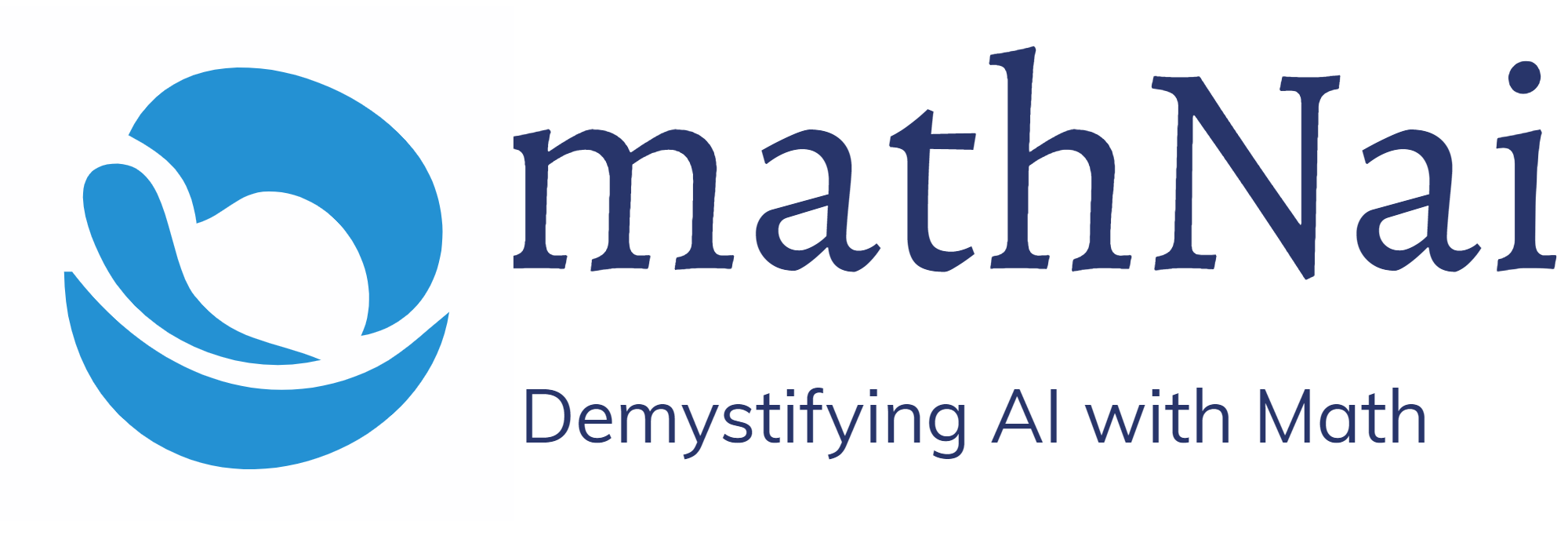Apache Spark is a widely used big data processing framework that is capable of processing large amounts of data in a distributed and scalable manner. PySpark, the Python API for Apache Spark, provides various ways to read data from various sources like HDFS, local file system, databases, and many more. In this blog post, we will explore the different ways of reading data in PySpark.
Table of Contents
Text files
PySpark provides the ability to read text files by using the textFile() method. It reads the file as a collection of lines and returns an RDD. For example, to read a text file named “example.txt” from the local file system:
from pyspark import SparkContext
sc = SparkContext("local", "Text File Reading Example")
text_file = sc.textFile("example.txt")
CSV files
CSV (Comma Separated Values) files are a popular format for storing and exchanging tabular data. PySpark provides a way to read CSV files by using the read.csv() method provided by the SparkSession object. For example, to read a CSV file named “example.csv” from the local file system:
from pyspark.sql import SparkSession
spark = SparkSession.builder.appName("CSV File Reading Example").getOrCreate()
csv_file = spark.read.csv("example.csv", header=True, inferSchema=True)
In the above example, header=True specifies that the first row of the file contains the column names, and inferSchema=True specifies that PySpark should infer the data types of each column.
JSON files
JSON (JavaScript Object Notation) is a popular data interchange format that is easy to read and write. PySpark provides a way to read JSON files by using the read.json() method provided by the SparkSession object. For example, to read a JSON file named “example.json” from the local file system:
from pyspark.sql import SparkSession
spark = SparkSession.builder.appName("JSON File Reading Example").getOrCreate()
json_file = spark.read.json("example.json")
Parquet files
Parquet is a columnar storage format that is optimized for reading and writing large datasets. PySpark provides a way to read Parquet files by using the read.parquet() method provided by the SparkSession object. For example, to read a Parquet file named “example.parquet” from the local file system:
from pyspark.sql import SparkSession
spark = SparkSession.builder.appName("Parquet File Reading Example").getOrCreate()
parquet_file = spark.read.parquet("example.parquet")
JDBC
PySpark can also read data from databases using JDBC (Java Database Connectivity). To read data from a JDBC data source, we need to provide the JDBC URL, driver class name, table name, and other properties such as username and password. For example, to read data from a MySQL database:
from pyspark.sql import SparkSession
spark = SparkSession.builder.appName("JDBC Example").getOrCreate()
url = "jdbc:mysql://localhost:3306/mydatabase"
table = "mytable"
user = "myusername"
password = "mypassword"
jdbc_df = spark.read.format("jdbc").option("url", url).option("dbtable", table).option("user", user).option("password", password).load()
In this blog post, we explored various ways of reading data in PySpark. We covered text files, CSV files, JSON files, Parquet files, and JDBC data sources. PySpark provides a rich set of APIs to read data from various sources and process it in a distributed and scalable manner.
